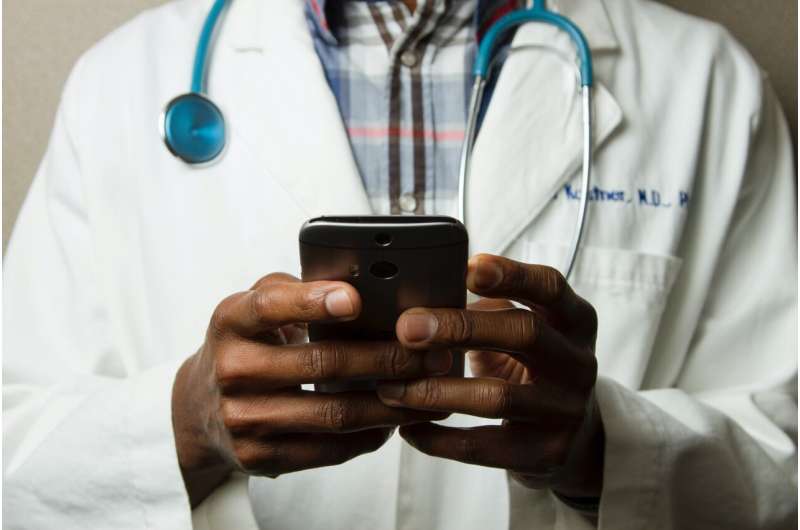Almost two thirds of thoracic oncologists used telehealth for the first-time during pandemic: IASLC survey

Nearly two-thirds of thoracic oncologists surveyed indicated they used telehealth tools for the first time during the COVID-19 pandemic, according to a report issued at the IASLC 2021 World Conference on Lung Cancer.
Telehealth and telemedicine emerged as essential communications tools during the COVID-19 pandemic as alternatives to face-to-face consultation between patients and physicians.
To better assess the use of telehealth during the pandemic and the wider impact on thoracic care, the IASLC Communications Committee developed a 24-question survey covering two broad themes concerning the impact of the pandemic on the use of telehealth and lung cancer/mesothelioma care. The survey was administered between April 12, 2021, and May 31, 2021.
Of the 141 respondents, (37.6 % from North America, 31.2 % from Europe and 14.9 from Asia) 65.2 percent reported they used telehealth for the first time while billing (where appropriate) at normal rates (48.2%); nearly half reported that telehealth is here to stay (48.2%).
The most common barriers to adoption of telehealth were lack of resources for patients (66.1%) and regulatory limitations (56.2%), with patient interest and lack of institutional resources not rated as barriers (43.1% and 41.4%, respectively).
The top advantages for providers/patients were continuity of care and maintenance of contact with patients (88%-92% of respondents). Top disadvantages for providers were lack of human contact (72.9%), lack of patient internet access/tech knowledge (71.3%) and missing informal aspects of face-to-face visits (71.3%); these also ranked as top concerns for patients (74.8%,74%, 76.1% and 68.4%, respectively).
Physicians felt that telehealth was most appropriate during surveillance (94.1%) and least so for initial diagnosis (69.8%). Most felt that patients were receptive to telehealth (55.3%), however, clinicians worried that its use would increase healthcare disparities (29.7%).
Overall, most felt that the pandemic had a negative impact on care (68%), with impacts on accessing diagnostics (i.e., biopsy), clinical trials (i.e., reduction in trials), basic/translational research (i.e. decrease in activity) as well as care (i.e. surgery). There was also a decrease in numbers accessing lung cancer screening (86.9%).
"Much will need to be done to counteract the negative impacts on care, clinical trials, and research during the COVID-19 pandemic," said Anne-Marie Baird, Ph.D., Trinity College Dublin, Dublin, Ireland and chair of the IALSC Communications Committee."
Although, telehealth has been widely adopted, issues remain such as healthcare access, point of use in the care pathway and telehealth platform selection."


















